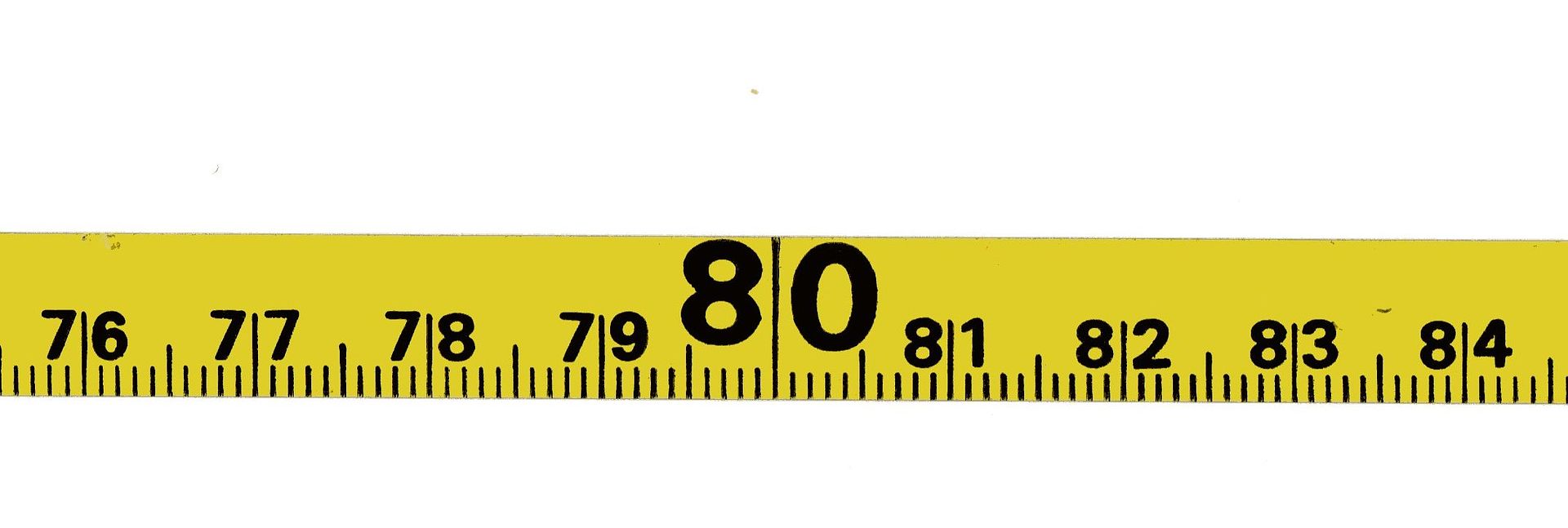Here's a taping puzzle based on a recent check of a 1000 foot calibration course:
Tape was checked by NIST and found to have a length of 30.00948 m at 20C
Temperature while taping = 42F
Measurements:
10 lengths at 30 m = 300 m
partial length of 4.80815 m
What is the correct result of the single measurement?
Original Post

